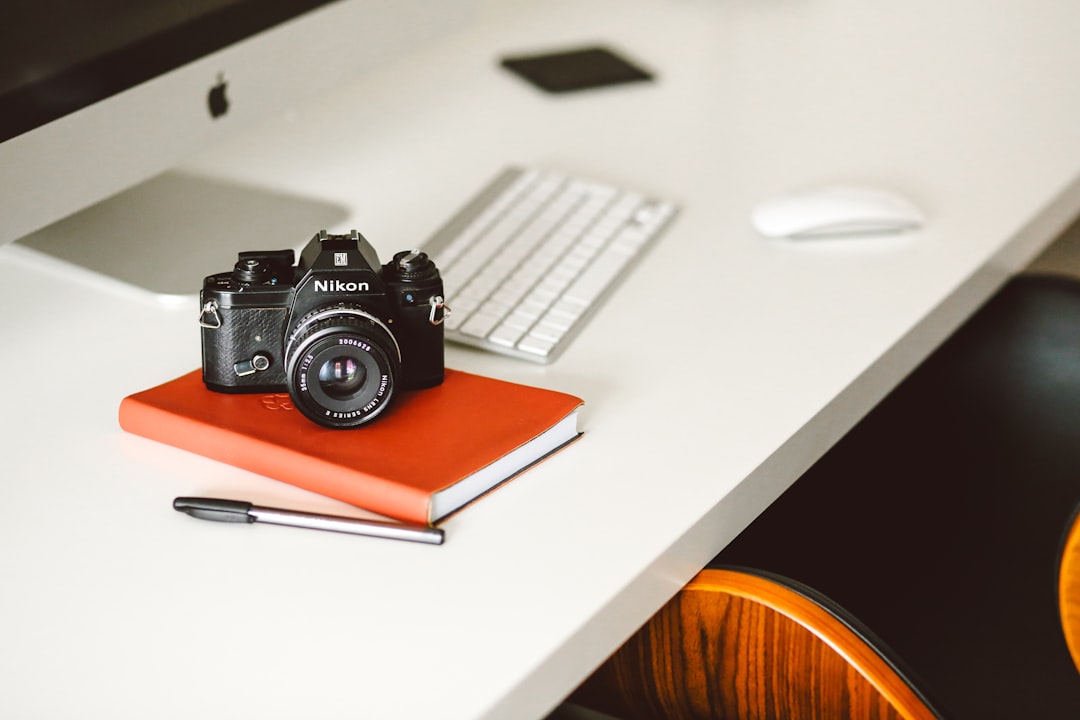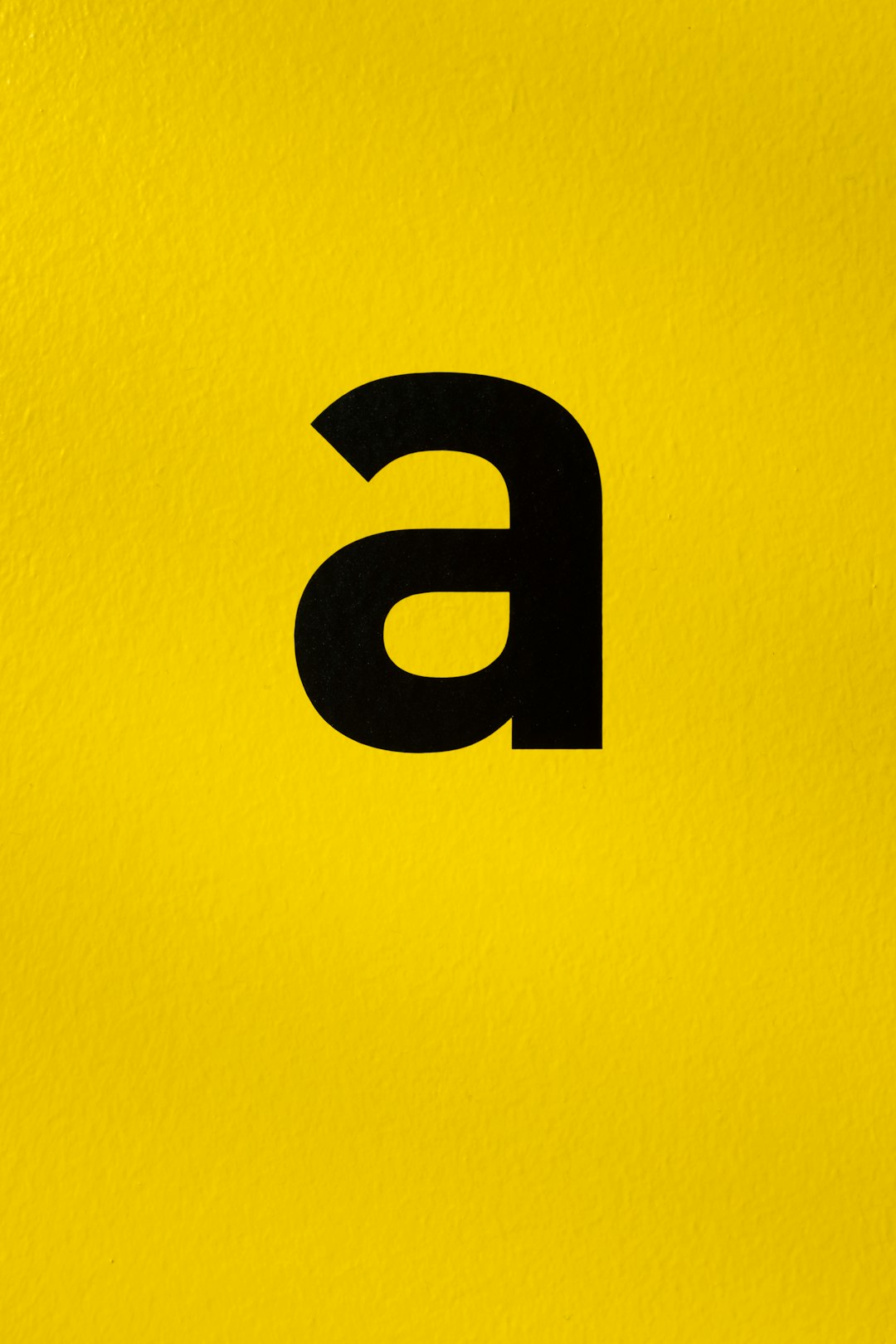Visual content plays a crucial role in the success of any blog. Whether you’re a seasoned content creator or new to the blogosphere, high-quality imagery can enhance aesthetics, boost engagement, and improve SEO. In 2025, finding royalty-free images that are both high-quality and license-appropriate has never been easier—if you know where to look. This guide explores the top ways to find high-quality royalty-free images for your blog, ensuring your content stands out without violating copyright laws.
Contents of Post
Why High-Quality Images Matter
Modern internet users are inundated with content. Eye-catching visuals not only arrest attention but also help convey your blog’s message more clearly. Studies show that blogs with relevant images receive up to 94% more views than those without.
However, using copyrighted images without proper licensing can lead to legal trouble. That’s where royalty-free images come in—visuals you can use without paying royalties each time they appear. Yet, not all royalty-free images are created equal. Some are low-resolution, poorly composed, or overly generic. So, how can you find stunning and safe imagery for your blog?
1. Use Reputable Royalty-Free Image Websites
There are several platforms that provide high-quality, royalty-free images for personal and commercial use. Some of the most reliable include:
- Unsplash – Offers high-resolution images contributed by photographers around the world. The search functionality is intuitive, and all images are free to use without attribution.
- Pexels – Features an extensive library of curated images and videos, suitable for almost any blogging niche. Attribution is appreciated but not required.
- Pixabay – Contains not only photos but also vector graphics and illustrations, which can be especially useful for visually driven content.
- Burst (by Shopify) – Designed with entrepreneurs and digital marketers in mind, making it perfect for business-oriented blogs.
- Reshot – Focuses on authentic, non-stocky vibes which are ideal for personal or lifestyle blogs.
All of these platforms regularly update their libraries, allowing you to find fresh content all year round.
2. Take Advantage of AI-Powered Image Generators
With the rise of artificial intelligence, tools like DALL·E, Midjourney, and Adobe Firefly allow users to create unique images simply by entering text prompts. This is a great option if you’re looking for something specific that doesn’t exist in public databases.
AI-generated images are great because:
- They are created from scratch, minimizing copyright risks.
- The style and content are 100% customizable to match your blog’s tone.
- You can generate highly niche or abstract imagery that would be hard to find otherwise.
Be sure to review the licensing agreements specific to each AI platform, as some generated images may come with restrictions depending on how the tool is used.

3. Utilize Public Domain Archives
Another excellent way to find royalty-free images is to explore public domain archives. These are collections of images that are no longer under copyright protection, making them completely free to use.
Some well-known public domain platforms include:
- Public Domain Pictures – Thousands of high-resolution images across a variety of categories.
- Libreshot – All images are taken by one photographer and placed directly into the public domain.
- Wikimedia Commons – Offers over 75 million media files, many of them licensed under Creative Commons or in the public domain.
- The New York Public Library Digital Collections – A treasure trove of historical images, manuscripts, and more.
The only caveat with public domain images is that quality can vary, so some filtering may be necessary.
4. Search Creatively with Advanced Filters
Most royalty-free image sites provide advanced search filters to help you narrow down your options. Use these tools to fine-tune your results based on:
- Orientation (horizontal, vertical, square)
- Color schemes (useful for matching your blog’s theme)
- Categories or topics (e.g., travel, technology, education)
- File type (photos vs. illustrations vs. vectors)
Spending a few extra minutes adjusting the search settings can help you unearth hidden gems that aren’t on the first page of results.
5. Bookmark Niche Image Collections
Sometimes the best imagery doesn’t come from the big players. Many photographers and graphic artists run niche image sites that cater to specific communities or topics. These photos often have greater personality and can help differentiate your blog visually.
For example:
- FoodiesFeed – Perfect for food bloggers wanting high-quality culinary imagery.
- Kaboompics – Offers lifestyle and interior design photography with elegant, modern tones.
- Startup Stock Photos – Great for tech and business blogs.
It’s worth taking the time to find image databases that align with your niche. These sources often offer fewer images, but they’re usually more relevant and impactful.

6. Follow Licensing Rules Carefully
Even within the royalty-free world, licenses vary. Some images may require attribution, while others restrict modification or commercial use. Before downloading, always double-check the licensing terms and respect the original creators.
If you’re unsure about what license covers a particular image, consider these safe bets:
- Creative Commons CC0 – These images can be used, modified, and distributed without permission or attribution, including for commercial use.
- Royalty-Free (RF) – While not always free of cost, RF images only require a one-time payment (or none at all) and can be used multiple times in multiple projects.
Taking the time to understand image copyrights reduces the risk of accidental infringement.
7. Optimize Images for Performance
High-quality doesn’t mean enormous file sizes. Large images can slow down your blog’s loading speeds, hurting both user experience and search engine rankings.
Here’s how to keep your images web-optimized:
- Compress files using tools like TinyPNG or ImageOptim.
- Use appropriate file formats: JPEG for photos, PNG for graphics with transparency.
- Resize images to match your blog’s layout instead of using full-size uploads.
- Use lazy-loading techniques to speed up page load times.
Performance and aesthetics go hand in hand—always strike a balance.
8. Keep a Personal Image Library
Once you start collecting images consistently, organize them into categories in a personal library. Having a stored collection will save time in the long run and give you faster access to your favorite visuals when creating new content.
Consider creating folders based on:
- Topic or niche (e.g., food, travel, tech)
- Image orientation or size
- Color palette or visual theme
- Usage rights or sources
This practice will make your content creation workflow more efficient and cohesive.
Conclusion
Finding high-quality royalty-free images in 2025 is easier—and more diverse—than ever before. By exploring major platforms, experimenting with AI tools, and respecting licensing rules, bloggers can enrich their stories and strengthen their visual identity. As blogging continues to evolve, so do the creative tools at your disposal. Take advantage of these modern resources, and your blog will not only shine—it will thrive.
With a little creativity and discernment, you can transform ordinary blog posts into visually compelling narratives that connect and convert.

